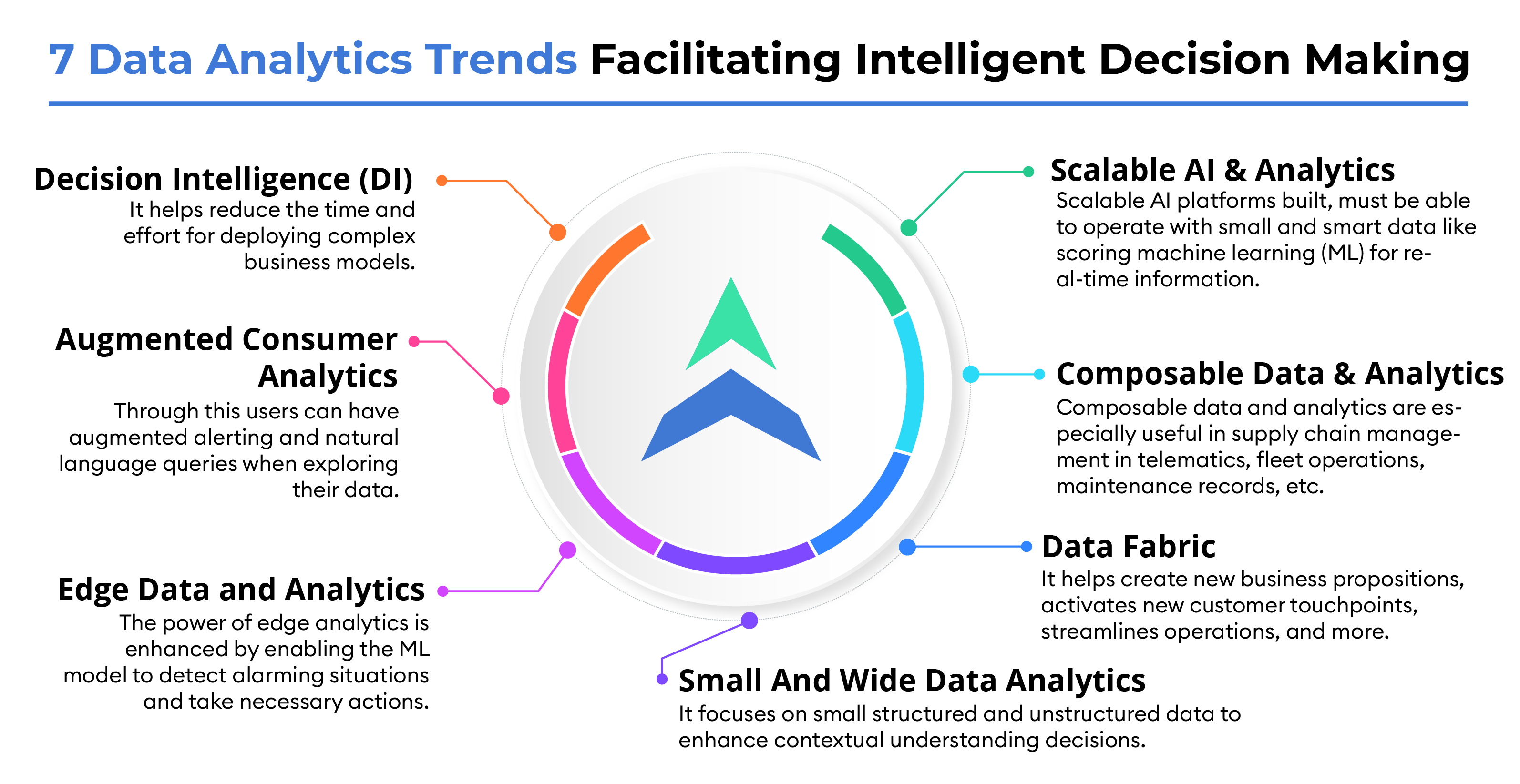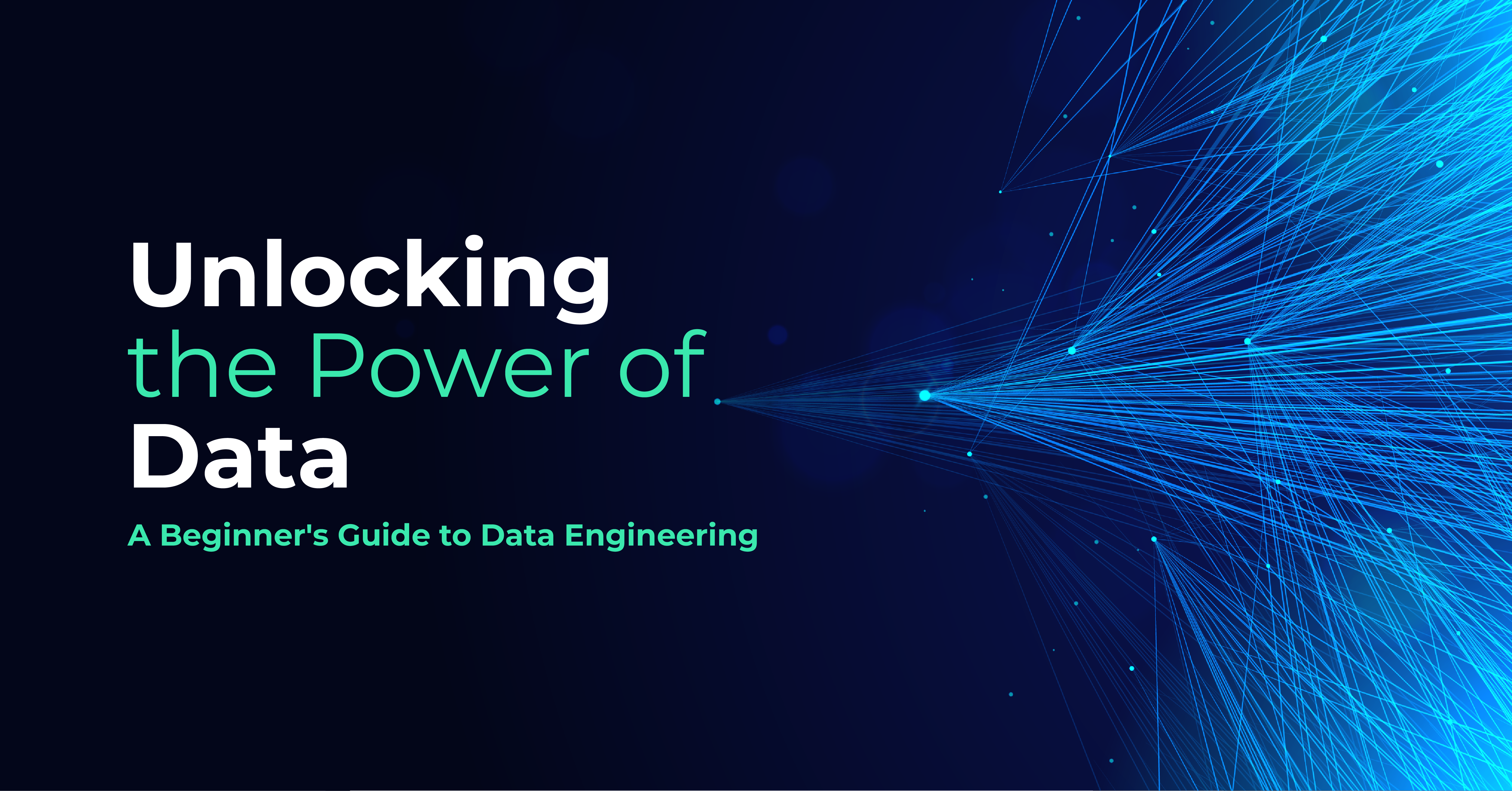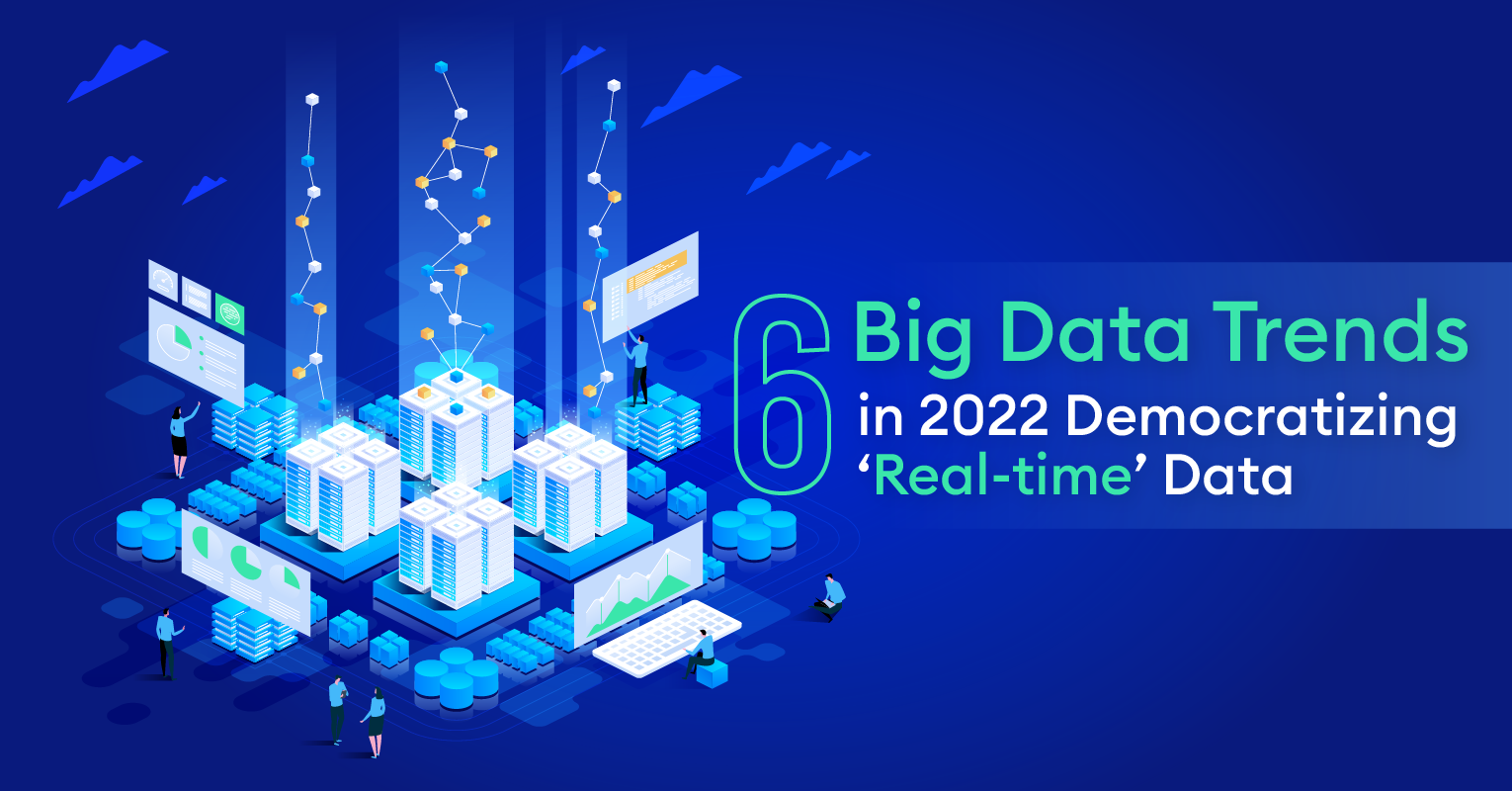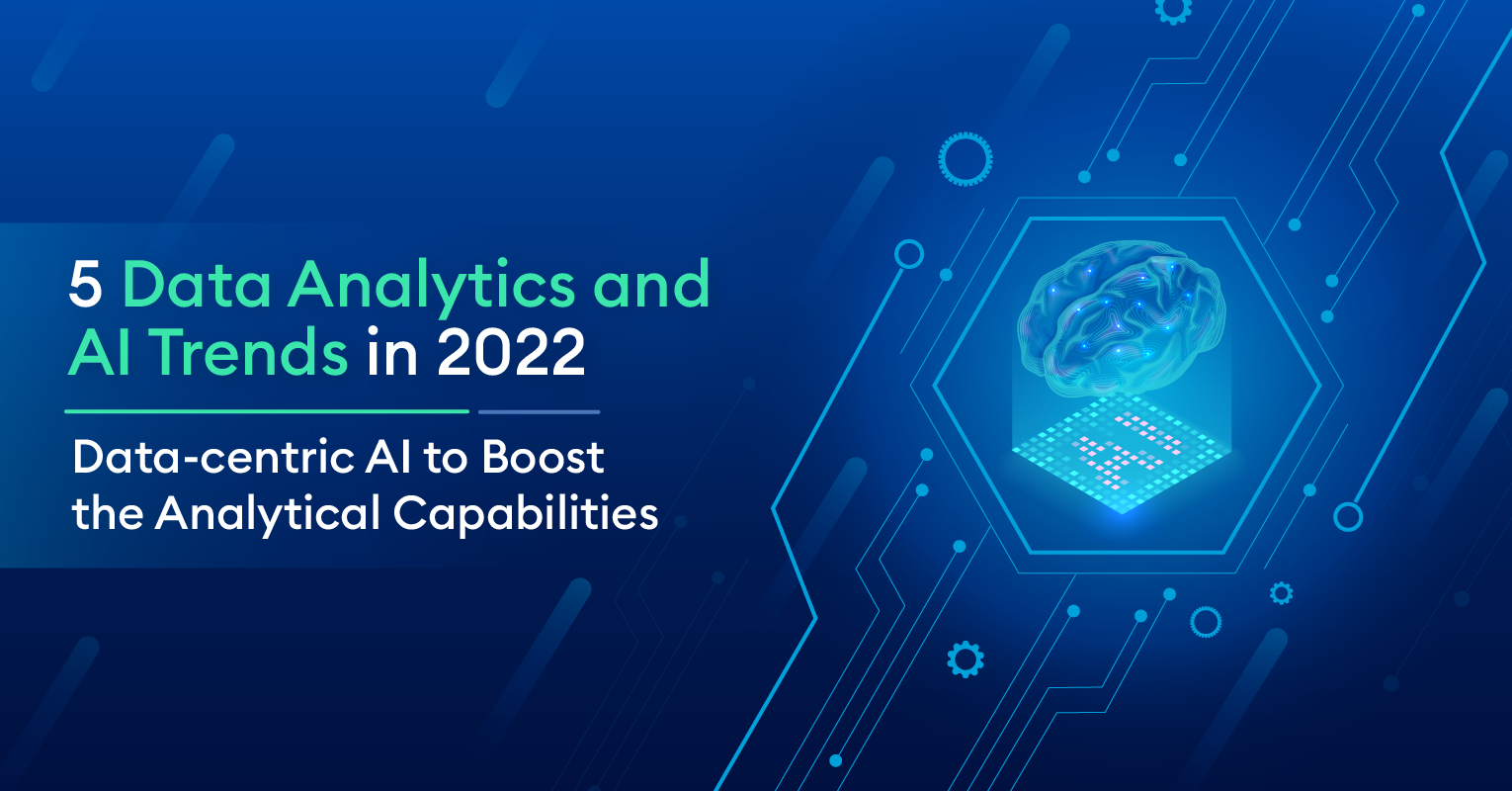New Era of Data Analytics 4.0 Providing Momentum to Automated Network
Insights using big data has been an enabler for a long, and pandemic helped to optimize the costs for companies, helped them sustain in a competitive world, and most importantly drive innovation. The big data initiative became a data analytics trend when technology matured and started to have capabilities for data management.
Thomas H. Davenport, an American author, and specialist in analytics mentioned three phases of data analytics:
- Analytics 1.0: Referred to as Business Intelligence (BI),
- Analytics 2.0: Referred to as Big data,
- Analytics 3.0: Associated with data from all activities.
In this era of analytics 4.0 organizations are pulling data from hundreds of sources and deploying highly automated decision-making tools using cloud and big data technologies, bringing new granularity and correlation between the near future (Nowcasting) and further events with the help of AI-enabled analytics.
Davenport states, “If the 3.0 version of analytics and automation involves widespread use of them within organizations, 4.0 is about their application across pervasive, automated networks.”
With this, companies try to deliver what digital analytics has promised in terms of information of potential clients and customers, helping companies to achieve the desired goal.
Analytics 4.0 to Gain Momentum With These Dimensions
With evolving innovation in AI, ML, and effective XOps, companies looking for the adoption of new data analytics trends must see them through the lens of an AI-enabled analytics modeling that reflects digital transformation, business values, and enables better decision-making.
- Align Analytics with Business Priorities: To unlock operational efficiency and business growth.
- Providing Authority to Frontline Teams: To make decisions more flexible as they better understand and address the customer journey.
- Accepting Data Imperfection: To improve decision making. Leaders need to recognize which set of data from prediction can be utilized.
- Resetting Model Boundaries: Formulating the model which can detect market risk and show uneven changes will upstream the quality of decisions being made.
However, companies must define their priority domain based on what is more important to their value chain in the new normal. Also providing analytical training in the organization would help to grow an individual’s understanding of data analytics which would drive easy adoption of data analytics trends.
7 Data Analytics Trends Facilitating Intelligent Decision Making
In a recent Gartner Data & Analytics Summit, May 2021, leaders learned skills & gained insights into data and analytics that highlighted the need, support, and metrics required for modern data and analytics trends.
Rita L. Sallam, Distinguished VP Analyst, Gartner Research & Advisory; elaborated the need of adopting new designs and strategies in data analytics for resiliency and digital transformation.
The pandemic last year abated data analytics with unpredictable repercussions and decision-makers were pushed towards focusing more on small data rather than just big data analytics. The pinpoint details lost their essence with the emergence of big data analytics and companies were not capable of fully utilizing big data. Enthusiasts have started finding the essence of small and wide data which will dominate in the upcoming year.

- Scalable AI & Analytics: A platform’s scalability plays a significant role in increasing the throughput like enhanced computational power, consistent performance even with increasing databases, and the improved end-user experience. Scalable AI platforms built, must be able to operate with small and smart data like scoring machine learning (ML) for real-time information. Companies and startups leapfrog towards innovation with AI and here’s why they must adopt AI
- Composable Data & Analytics: When analytics capabilities become modular, it enables data fabric, data from multiple sources, and different tools can be easily extracted and form composable data. This provides more user-friendly insights that promote productivity and agility and access to analytics. Composable data and analytics are especially useful in supply chain management in telematics, fleet operations, maintenance records, etc.
- Data Fabric: The disparate data and disconnected infrastructure were outworn when data fabric emerged as a new approach in analytics 4.0 that unlocks the best of cloud i.e., on-premise cloud, hybrid, and multi-cloud both, edge devices, and ensures consistency across integrated environments.
Data fabric is a long-stretched weave that connects multiple locations, types, and sources of data providing data visibility, data protection, and enhanced security.
Data fabric architecture has evolved as one of the most significant architectures that are revolutionizing the way data is collected, analyzed, and managed. As a key part of a successful digital transformation journey, it helps create new business propositions, activates new customer touchpoints, streamlines operations, and more.According to Allied Market Research, the data fabric market size is projected to reach $4,546.9 million by 2026, growing at a CAGR of 23.8% from 2019 to 2026. - Small And Wide Data Analytics: Small and wide data as the name suggests, focuses on small structured and unstructured data to enhance contextual understanding decisions. Big data is excellent in terms of visualizing particular market trends and the distribution of patterns. Like for AI developers, it shows the companies using AI, tech trends, etc.In contrast, small and wide data analytics extracts more specific information and comes up with meaningful analysis.
- Decision Intelligence (DI): Organizations need to stay afloat in a sea of data and better decision-making with decision intelligence. It is a new discipline that uses the potential of AI and offers a framework to assist data to develop, align, implement, track and modify the present model and processes, related to business results and performances. Decision intelligence uses a rule-based approach i.e., AI and ML, and helps reduce the time and effort for deploying complex business models. The combination of dashboard overload and AI, resulted in DI which connects dots between multiple ML for intuitive business decisions.
- Augmented Consumer Analytics: Business users were using the dashboards and taking historical insights and doing manual data exploration restricting the other users to use data. Augmented features have reduced the reliance on dashboards and allowed contextual, mobile, and natural language capabilities to be a part of the analytics workflow. With this, users can have augmented alerting and natural language queries when exploring their data.
- Edge Data and Analytics: The shift of data and analytics towards edge has moved data closer to physical assets. This reduces the latency of data-centric solutions and enables more real-time values. Edge analytics applies knowledge from the trained neural network and uses it to infer a result.
Moving the whole data on the cloud cannot always be favored due to security concerns; rather it depends on the situation and the need for real-time analytics in the organization. The power of edge analytics is enhanced by enabling the ML model to detect alarming situations and take necessary actions.
Technologically, data integration and sharing tools, data extraction, import, and discovery capabilities, are important from the start to bring data sources and external data together, helping in digital transformation and results in unimaginable efficiency.
AI Technologies to Reinforce Evolving Data Analytics
With the evolution of data analytics, new capabilities will be required to handle the availability and storage of data which will emerge with cloud providers. Investment in data analytics dedicated tools might not take place because with the cloud all capabilities will easily be scaled to the organizational needs which includes analytical building blocks, such as data lakes, machine learning tools.
Another exciting frontier of evolving data analytics is, new AI tools and technologies will be used to power data analytics and identify knowledge needles in the vast haystack of raw data which has accelerated the potential of many companies to explore new AI-powered data analytics solutions. Companies are using digital assistants based on cognitive computing and AI to extend their analytical capabilities and turn quality data into usable data.
All devices will be connected and exchange data with “IoT” and provide huge data sets such as location, weather, health, error messages, car data, etc. They will enable diagnostic and predictive analysis capabilities. It will become easier and more intuitive to connect all types of data from various sources and get information in real time.
 All Posts
All Posts


